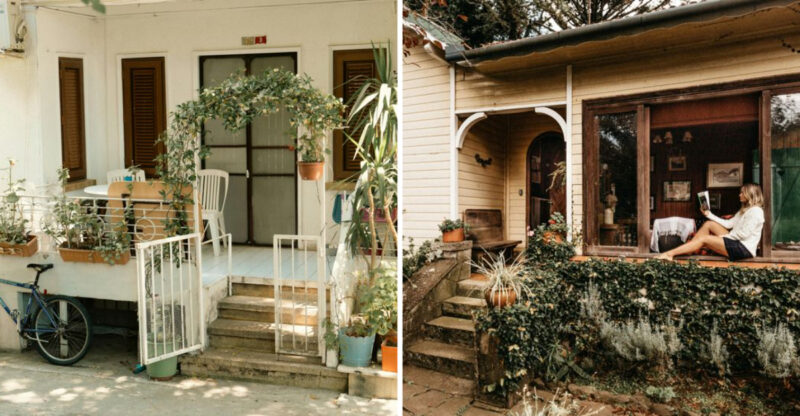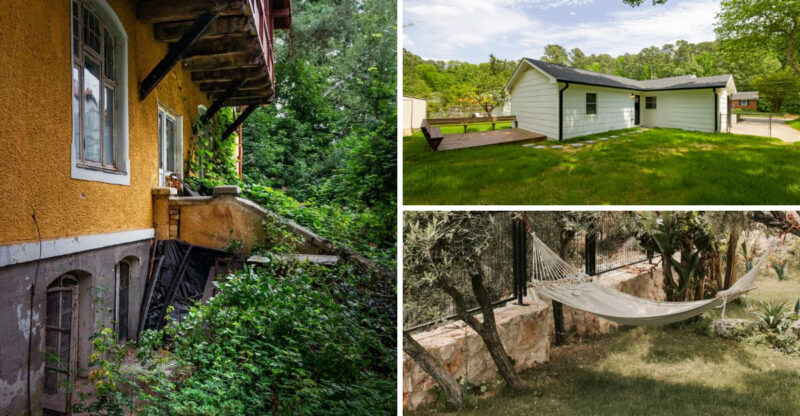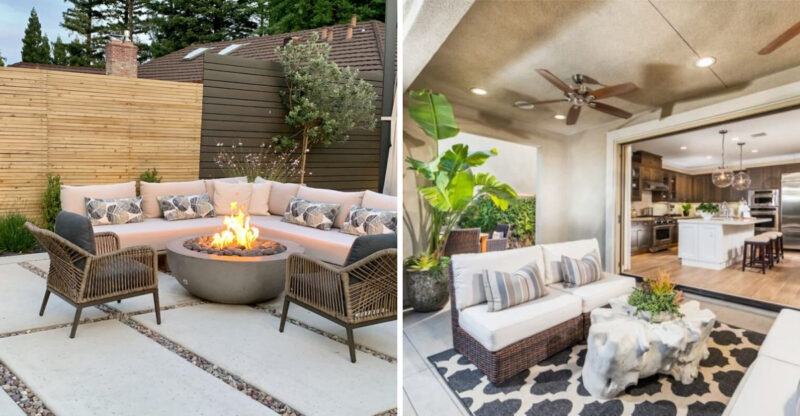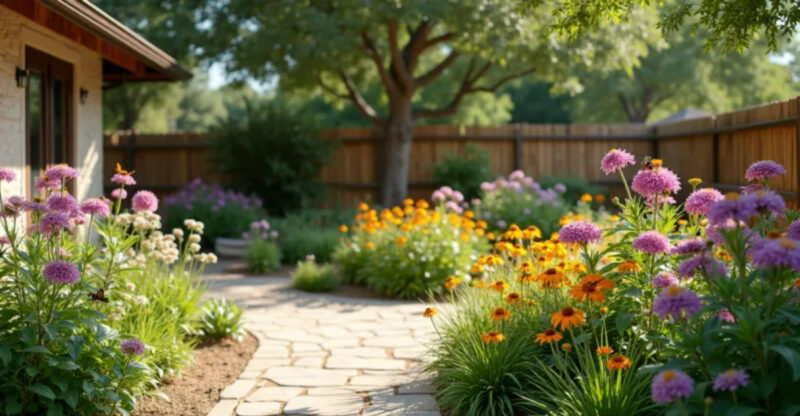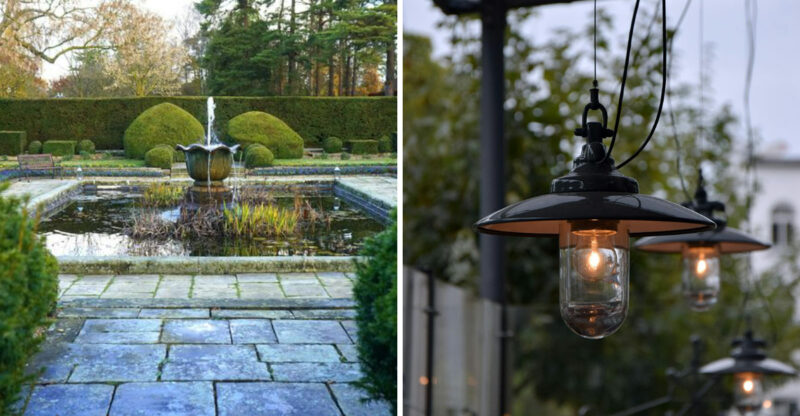7 Backyard Mistakes To Fix In New Orleans (And 7 Ideas To Improve Value)
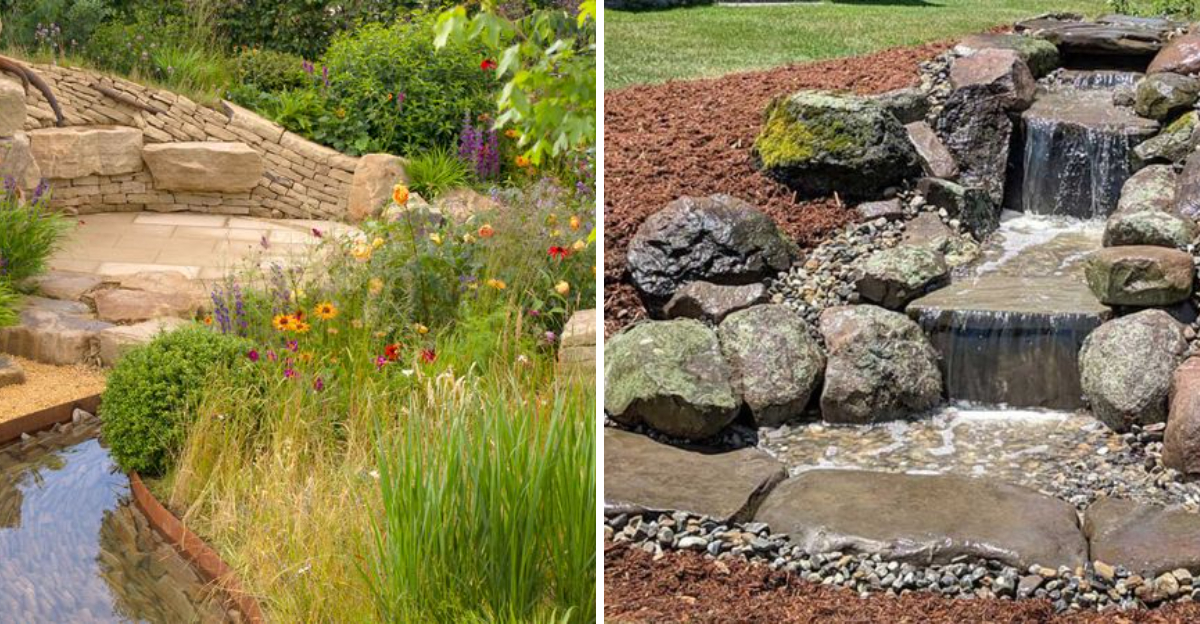
New Orleans homeowners face unique challenges when it comes to their backyards. Our distinctive climate, soil conditions, and cultural heritage all play important roles in creating outdoor spaces that both function well and add value.
Knowing what mistakes to avoid and what improvements to make can save you time, money, and frustration.
1. Poor Drainage Solutions
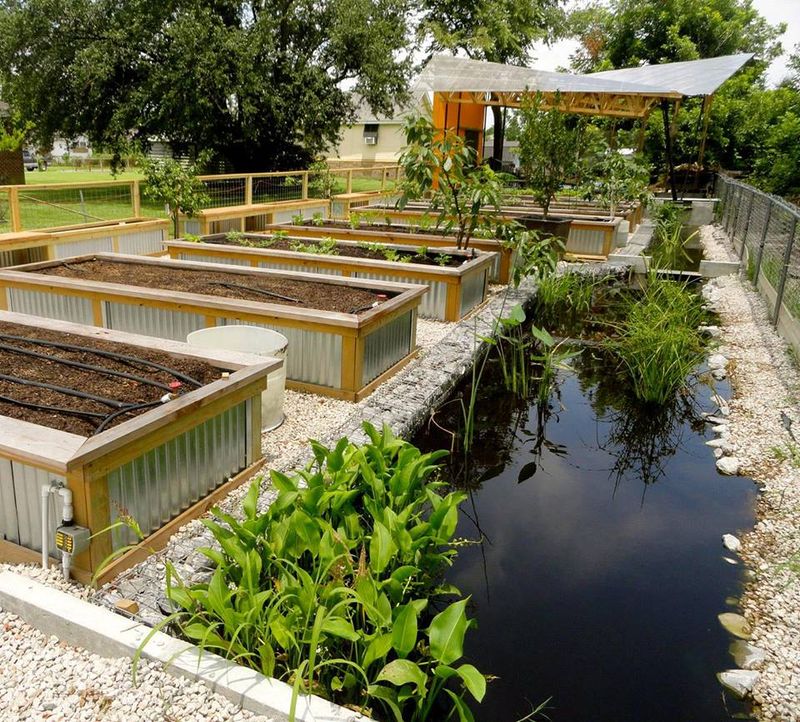
Many New Orleans yards suffer from standing water after our frequent heavy rains. Improper grading and lack of drainage systems can turn your backyard into a soggy mess for days.
This not only ruins your lawn but creates breeding grounds for mosquitoes and can damage your home’s foundation. Permeable paving can dramatically improve water management.
Consider raising garden beds and creating gentle slopes away from your home’s foundation. Consulting with a landscaper familiar with New Orleans properties is worth the investment.
2. Ignoring Local Plant Species

Bringing in non-native plants might seem like a good idea, but they often struggle in our unique climate and soil. Many homeowners waste money on plants that wither in our humid summers or drown in heavy rains.
Native Louisiana plants like swamp sunflower, Louisiana iris, and bald cypress trees thrive in our conditions with minimal care. They’ve adapted to our weather patterns.
Bonus points: native plants attract local wildlife like butterflies and birds. It adds natural beauty and pest control to your yard without extra effort.
3. Overlooking Hurricane Preparation
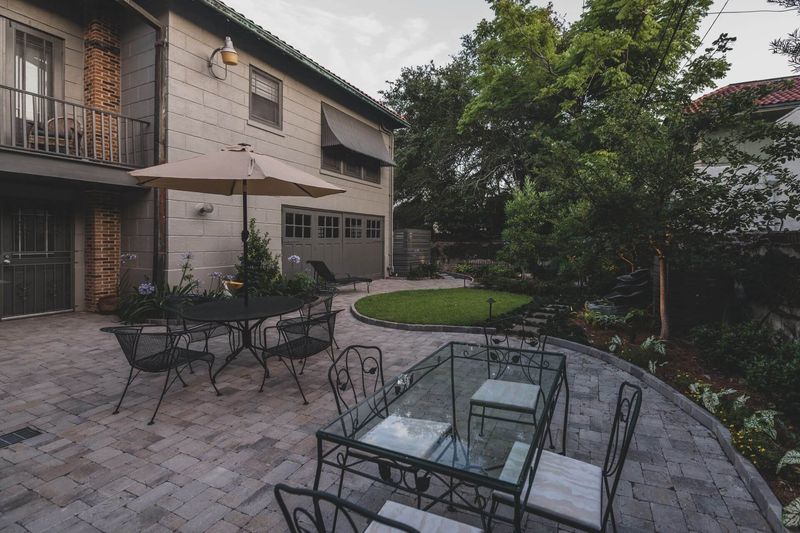
Loose items in your backyard become dangerous projectiles during hurricane season. Unsecured patio furniture, garden ornaments, and poorly anchored sheds can cause significant property damage when strong winds hit.
Create a hurricane readiness plan for your outdoor space. Install proper anchoring systems for sheds and playsets. Choose heavy, wind-resistant furniture or ensure lightweight pieces can be quickly moved indoors.
Consider how trees are positioned relative to your home. Regularly trim branches that could fall on your roof, and remove dead trees that pose hazards during storms.
4. Neglecting Mosquito Control
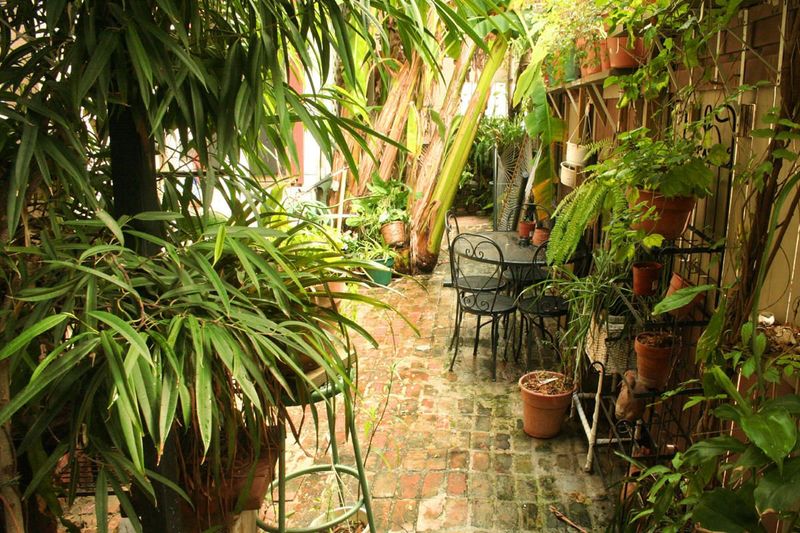
Our warm, humid climate makes New Orleans a paradise for mosquitoes. Standing water in forgotten flower pots, clogged gutters, or bird baths quickly becomes breeding grounds for these pests, making your backyard unbearable during summer evenings.
Empty any containers that collect water at least weekly. Install mosquito-repelling plants like citronella, lavender, and marigolds throughout your garden beds. Consider a professional mosquito misting system for severe infestations.
Ceiling fans on covered patios create air movement. This makes it harder for mosquitoes to land and bite, improving comfort without chemicals.
5. Inadequate Outdoor Lighting
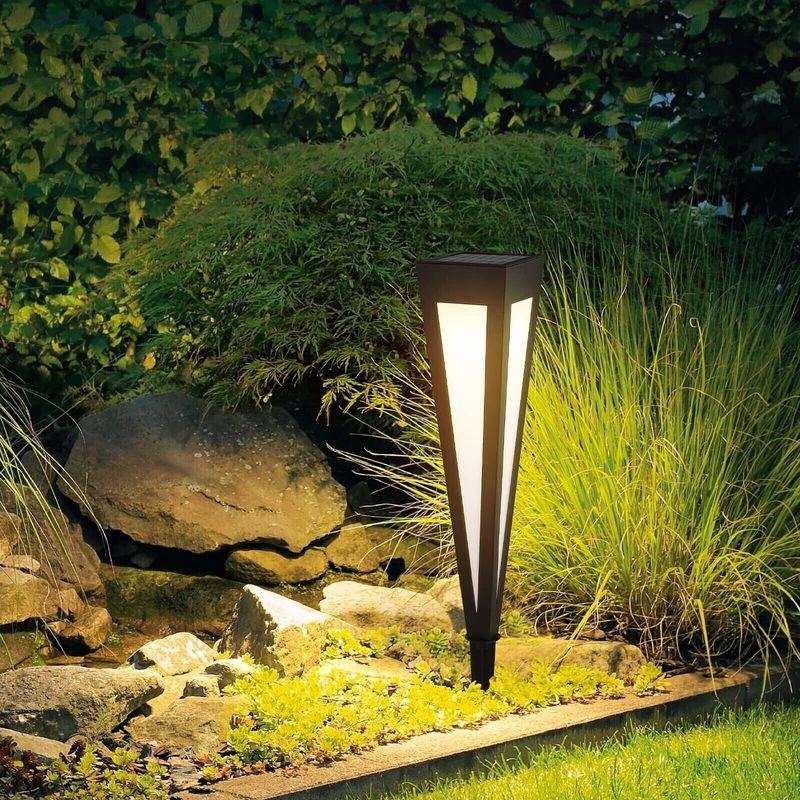
Poor lighting makes your backyard unusable after sunset and creates security vulnerabilities. Many homeowners install a single floodlight and consider the job done, missing the opportunity to create a beautiful, functional nighttime space.
Layer your lighting with path lights, uplighting for trees, and ambient string lights for entertaining areas. Solar options work well in our sunny climate and save on electricity costs.
Strategic lighting highlights architectural features of your home and landscape while deterring potential intruders. It also extends your usable outdoor time during our pleasant evening temperatures in spring and fall.
6. Improper Fence Installation
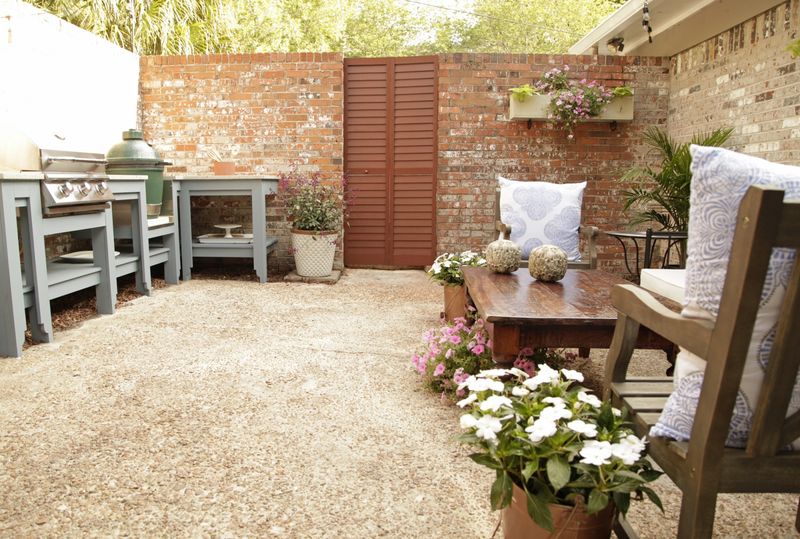
Fences in New Orleans face extraordinary challenges from our high water table and frequent rain. Improperly installed posts rot quickly, while wrong material choices lead to warping, mold growth, and premature replacement.
Cedar and cypress naturally resist our humid conditions better than pine. Set posts in concrete that extends above soil level to prevent water pooling around the base.
Check local historic district regulations before installation. Many New Orleans neighborhoods have specific requirements for fence height, materials, and design to maintain the historic character that makes our city special.
7. Underestimating Maintenance Needs
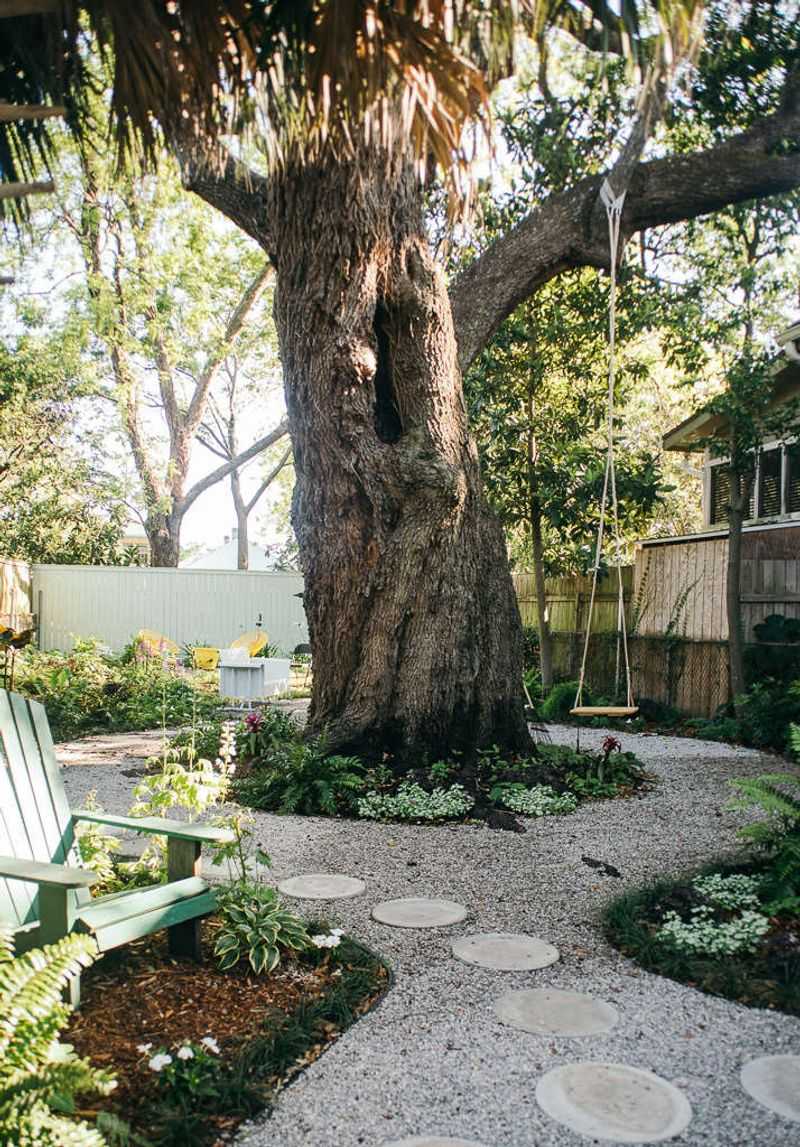
Our subtropical climate accelerates plant growth and weathering of outdoor surfaces. Homeowners often create elaborate gardens or install features without considering the frequent maintenance our environment demands.
Choose materials that withstand humidity and heat. Composite decking, though more expensive initially, requires far less maintenance than wood in our climate. Consider how quickly hedges and vines grow here when planning your landscape.
Create a seasonal maintenance schedule that accounts for our unique growing seasons. Remember that summer heat limits working hours, so design spaces that won’t become overwhelming maintenance burdens.
8. Add A Courtyard Entertaining Space
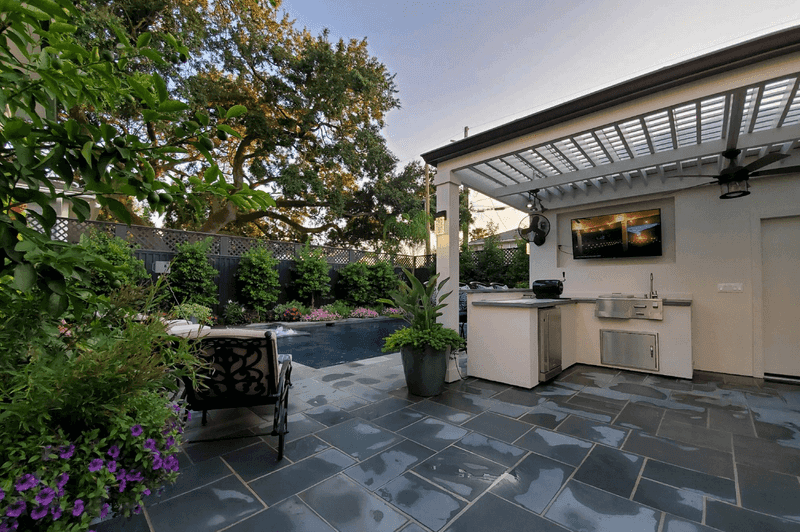
Embrace our French and Spanish heritage by creating a courtyard-style entertaining area. This traditional New Orleans feature adds charm while providing a private outdoor room for gatherings.
Use brick pavers or flagstone for authentic flooring. Add a water feature – the sound of trickling water cools psychologically while masking street noise. Surround the space with container gardens of fragrant plants like jasmine or gardenias.
For year-round use, install a retractable awning or pergola with weather-resistant curtains. This creates shade during summer and can block wind and light rain during cooler months, maximizing your usable outdoor time.
9. Install Smart Irrigation Systems
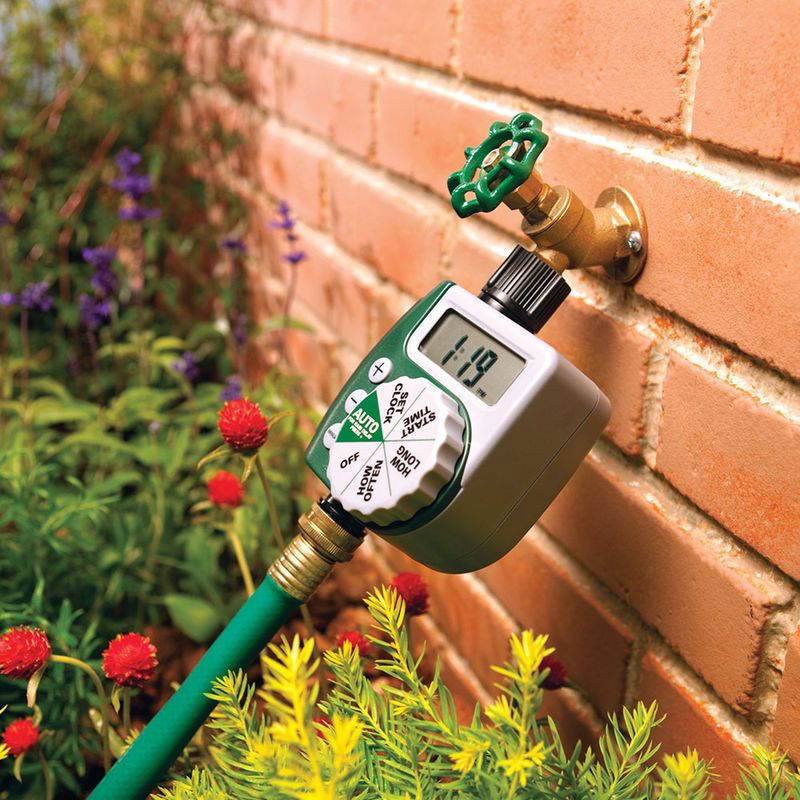
Our rainfall patterns swing between drought and deluge, making efficient watering crucial for plant health and water conservation. Smart irrigation systems adjust automatically to weather conditions, saving money while keeping your landscape lush.
Zone-based systems allow for tailored watering schedules based on plant needs. Drought-tolerant plants can receive less water, while thirstier specimens get more, all automatically.
Many systems now connect to smartphone apps, letting you monitor and adjust watering from anywhere. Some even qualify for water conservation rebates from local utilities.
10. Create Raised Garden Beds
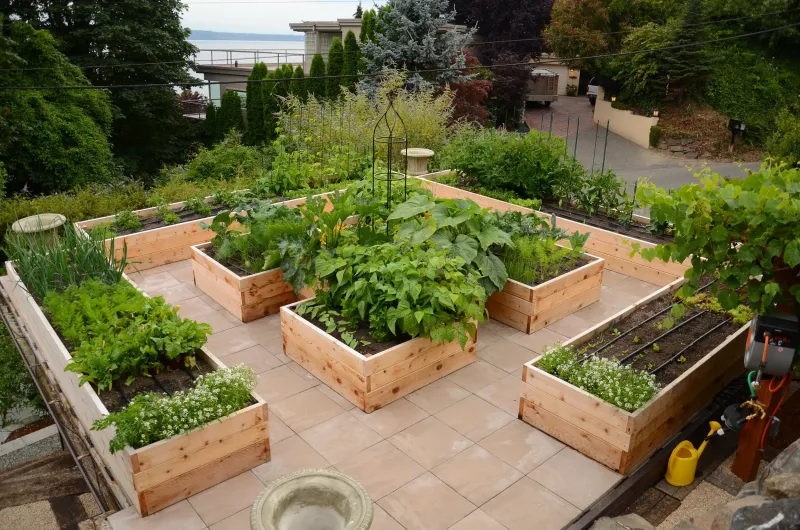
Many New Orleans yards have poor soil quality due to construction fill or high clay content. Raised beds solve this problem while adding architectural interest to your landscape.
Build beds at least 12 inches high using cypress lumber (naturally rot-resistant) or composite materials. Fill with quality soil mixed specifically for our climate – local garden centers offer blends designed for our conditions.
Beyond vegetables, consider raised beds for flowering plants and herbs. The elevation improves drainage during heavy rains and makes gardening more accessible, a feature increasingly valued by buyers looking for low-maintenance beauty.
11. Add Outdoor Kitchen Features
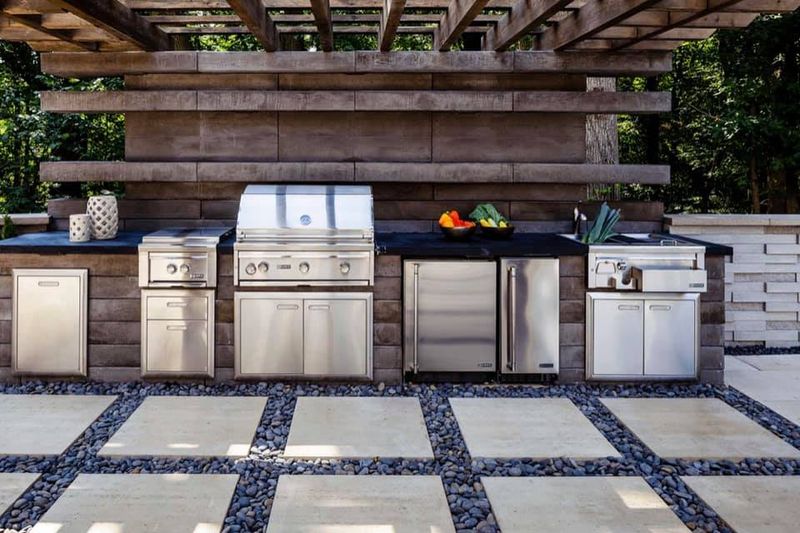
New Orleans’ food culture and mild climate make outdoor cooking spaces highly desirable. Even simple additions like a built-in grill station or pizza oven can transform your backyard into an entertainment destination.
Weather-resistant cabinetry provides storage for cooking tools and serving pieces. Consider a small refrigerator for beverages and a sink for food prep – these conveniences make the space truly functional.
Ensure adequate coverage from our sudden afternoon thunderstorms. A roof extension or pergola with a weather-resistant covering allows you to continue cooking regardless of weather, making this improvement practical as well as valuable.
12. Install Proper Shade Solutions
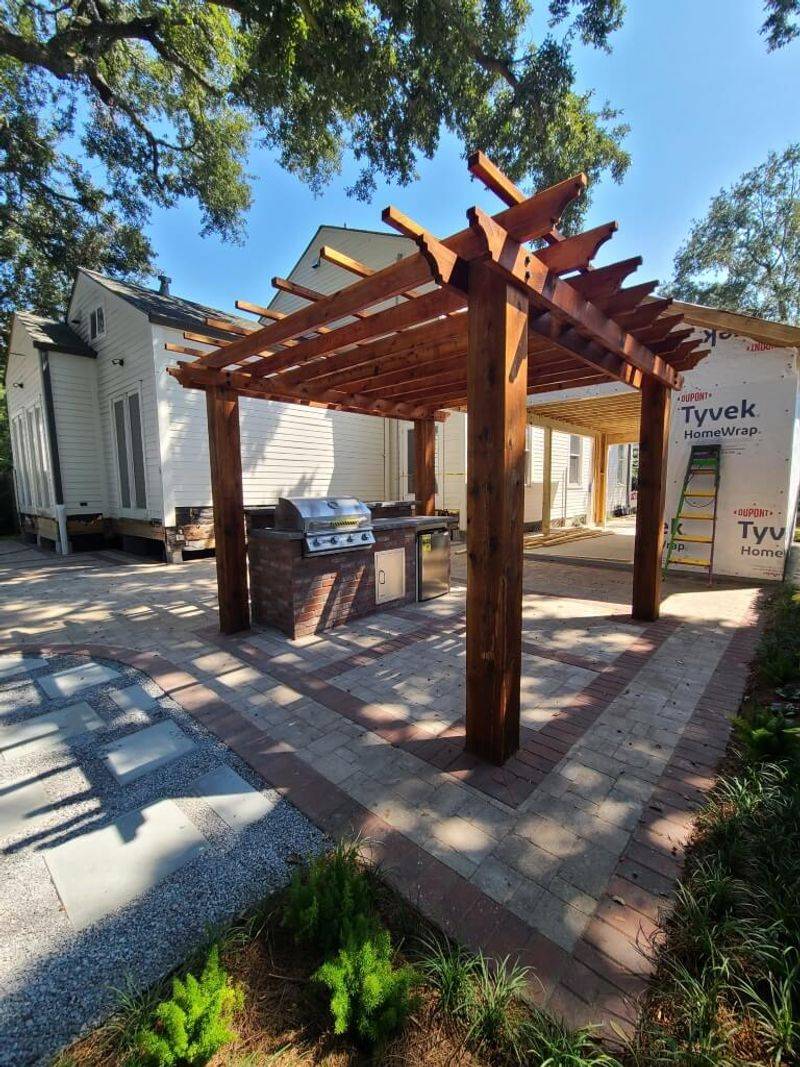
Our intense summer sun makes shade essential for backyard enjoyment. Many homeowners rely solely on trees, missing opportunities to create cool, usable spaces throughout the day.
Strategically placed pergolas, shade sails, or retractable awnings can transform hot spots into comfortable retreats. Consider materials that withstand our humidity – aluminum, treated wood, or synthetic fabrics designed for outdoor use.
Position shade structures to block afternoon sun while preserving morning light. This approach maximizes outdoor usability year-round in our climate, where spring and fall temperatures are perfect for outdoor living if properly shaded.
13. Create Wildlife-Friendly Spaces
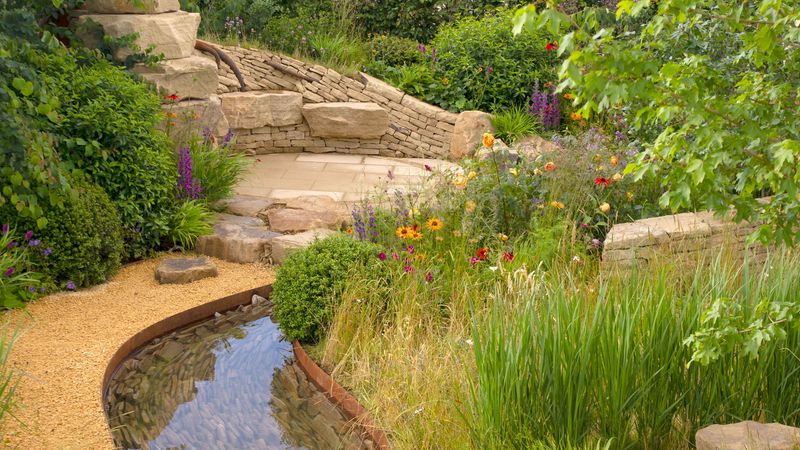
New Orleans sits along major bird migration routes, making backyard habitats valuable for conservation and enjoyment. Simple additions like native plant groupings, water features, and appropriate feeders attract colorful visitors year-round.
Install bird baths with moving water to reduce mosquito breeding while attracting songbirds. Plant berry-producing natives like American beautyberry or yaupon holly that provide food sources through different seasons.
Certified Wildlife Habitat designations from organizations like the National Wildlife Federation add an appealing selling point. Buyers specifically seek properties that support local ecosystems, making this improvement both environmentally responsible and financially smart.
14. Incorporate Water Management Features
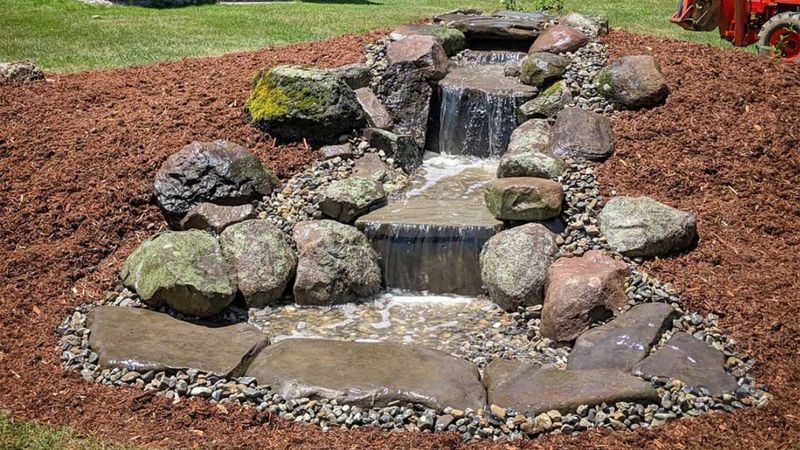
Rather than fighting against our frequent rain, incorporate water-management features that transform this challenge into a beautiful asset. Rain gardens filled with moisture-loving native plants capture runoff while creating visual interest.
Decorative rain chains and collection barrels turn downspouts into water features. The collected water can irrigate gardens during dry spells, reducing water bills while showcasing environmental consciousness.
Consider a dry creek bed with decorative stones that directs water flow during heavy rains. When dry, it serves as an attractive landscape element, proving that practical solutions can also enhance your yard’s aesthetic appeal.

